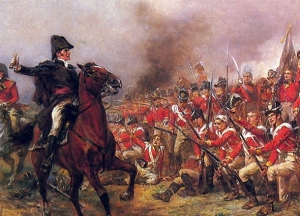To get in the mood, I am reading Carolly Erikson’s history of Regency England. Erikson is a marvelous author if you already have some deeper background on the subject. One wouldn’t call her books academic as their subject matter is structured more to entertain and appeal to the senses, less to gain specific statistics, historic operational knowledge, or mastery of a specific subject matter. She’s something of a Mendelsohn – her work is lively and upbeat, good at creating a general mood, but not meant to be too heavily analyzed.
Her authorship betrays her Medieval History background, as I recognize the structure she uses in her writing as being relatively consistent with a number of more academic authors who write on more arcane subjects. There are plenty of Medieval authors who write sexy and visceral material, but when one looks for a book to read over the weekend, one seldom says “I would like to read material taken from interviews performed by Inquisitors on suspect Albigensian villages.” No. Typically when one reads historical nonfiction, one tries to evoke the mood of a era as they have associated it with some acquired cultural reference. Since one is reading “non-fiction” though, one may do so with the pretentious motivation of furthering the expansion of one’s mind.
I hope I am not being to critical when I suggest that one doesn’t need to read non-fiction to expand one’s mind. In the end, unless one is reading a very heavy academic book, one is still reading a story. And arguably a heavy academic book is simply a story written with lesser thought put towards aesthetically resonating with the mental processes of the reader. Numbers, for example, can tell stories if one is ready and able to devise theories for the stories between them. And, all historians are theorists. There is no way to “test” their theories as they conjecture about something long past and dead. But where would we be as a race if we did not theorize?
I digress! I will be posting some historical posts as inspired by Ericson’s book. I’m brewing something on the subject of “Regency Nightlife” as we speak.


